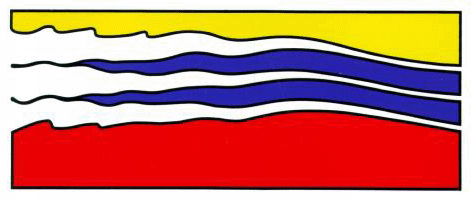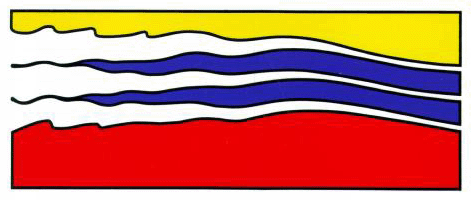
4111 Monarch Way, 3rd Floor
Old Dominion University
Norfolk, VA 23508
757-683-4940


This talk describes how oceanographic processes link
watersheds and nearshore ecosystems along the central California coast.
The relative importance of river buoyancy, river momentum, and
wind-driven transport affect the fate of materials discharged to the
coast. Notably, particles flushed from the watershed in storm-level
stream discharges experience very different oceanic and atmospheric
conditions compared to base flows. Field observations from Cambria,
California, a high-resolution coastal ocean model of the central
California coast, and a particle tracking model are combined to develop
a probabilistic framework for examining dispersion. This work is
applied to investigate the widespread infection of southern sea otters
by a terrestrial protozoan parasite, Toxoplasma gondii. Toxo is
only know to sexually replicate in cats, and so widespread prevalence of
sea otter infections indicates that the hardy, free-living infectious
stage of this pathogen is capable of surviving transport from the
watershed to the coastal ocean. The direct mechanism of infection is
unknown, though statistics are available describing where along the
coast infectious rates are highest. These statistics can be combined
with the particle dispersion estimates as a means of advancing our
understanding of how terrestrial materials affect nearshore ecosystems.
Nick Nidzieko is an Assistant Professor at Horn Point Laboratory, University of Maryland Center for Environmental Science. He earned a B.S. in Marine Biology from UCLA (2000) and graduate degrees in Environmental Fluid Mechanics from Stanford University (M.S., 2004; Ph.D., 2009).

|
Innovation Research Park Building I 4111 Monarch Way, 3rd Floor Old Dominion University Norfolk, VA 23508 757-683-4940 |

|